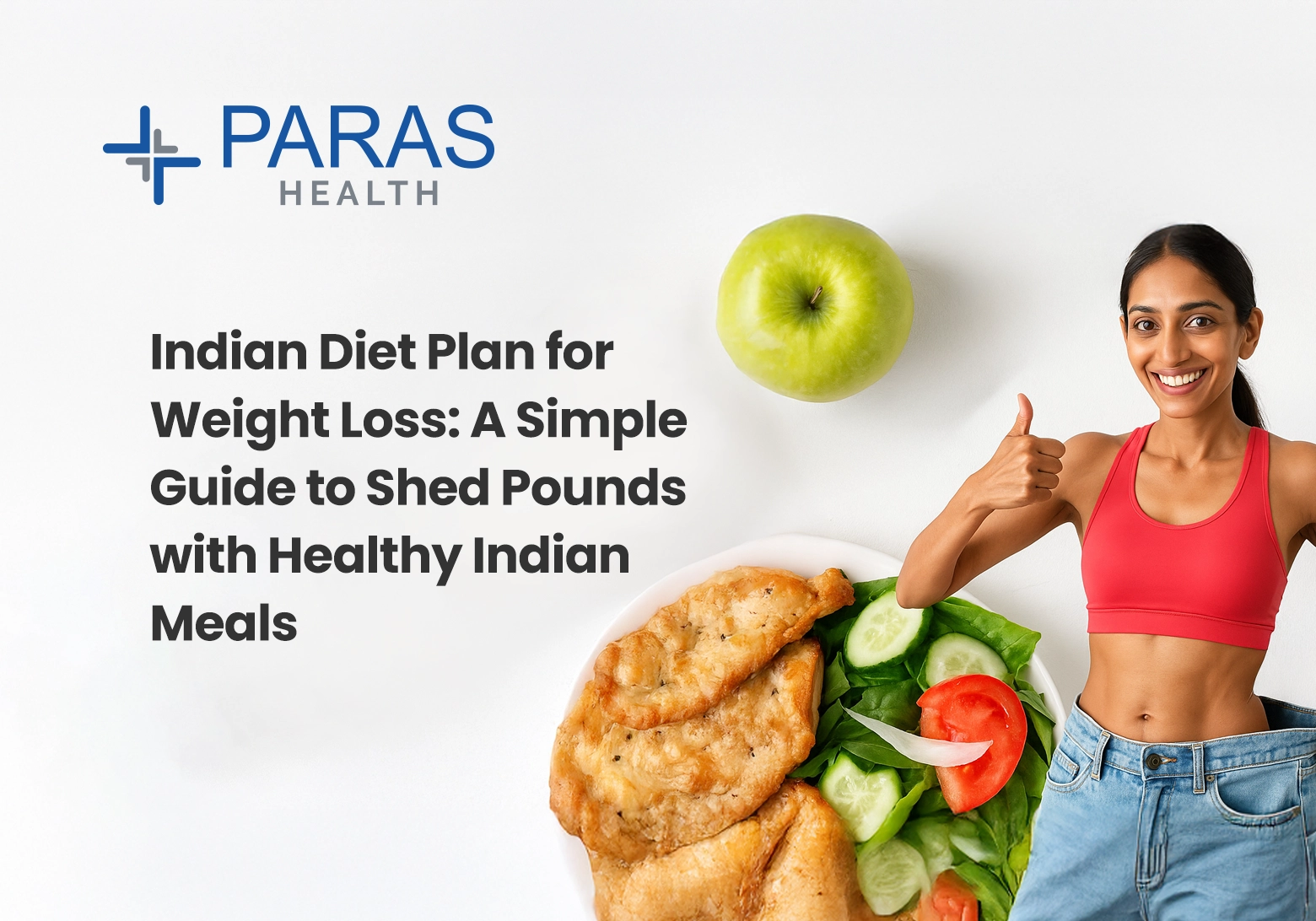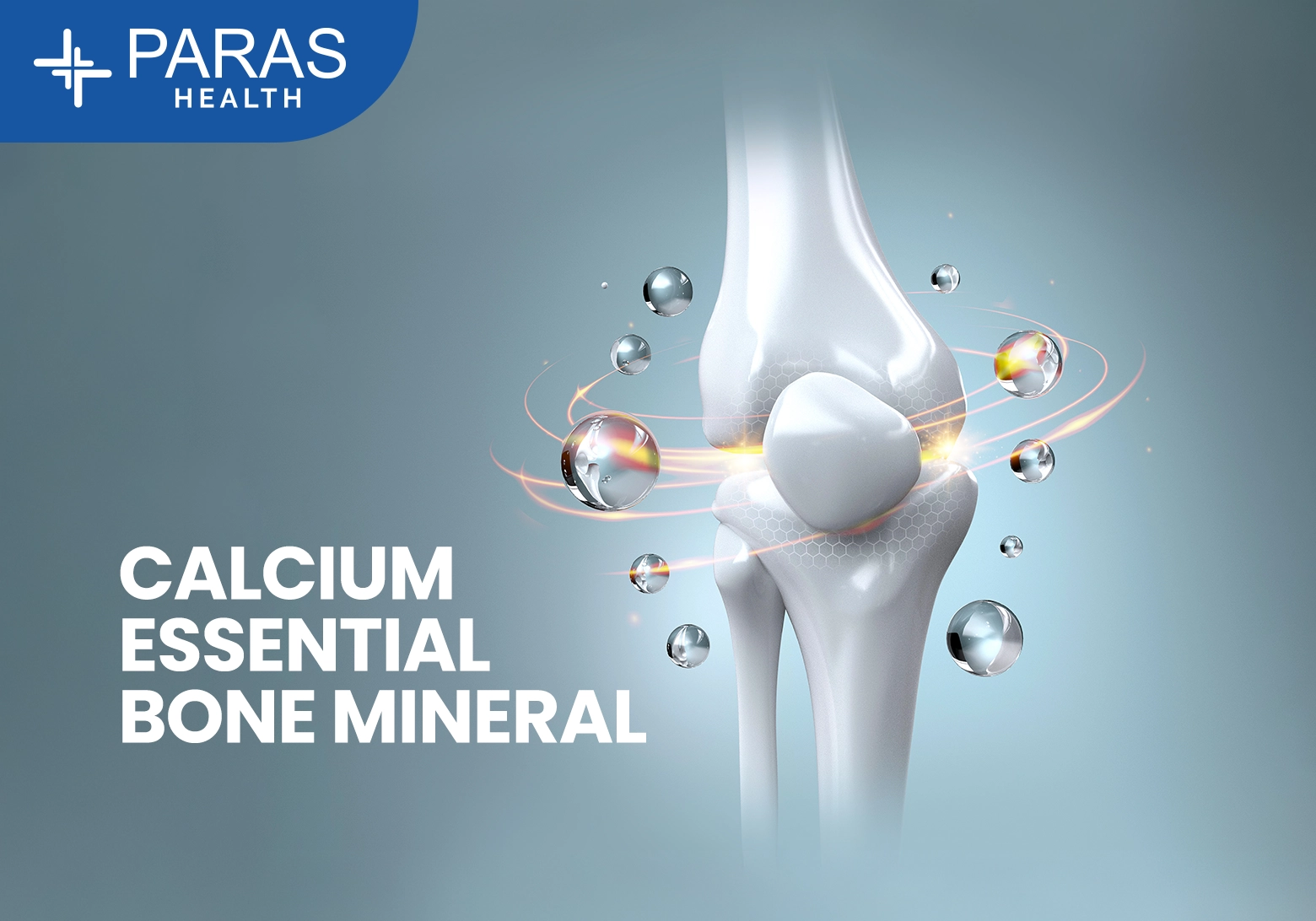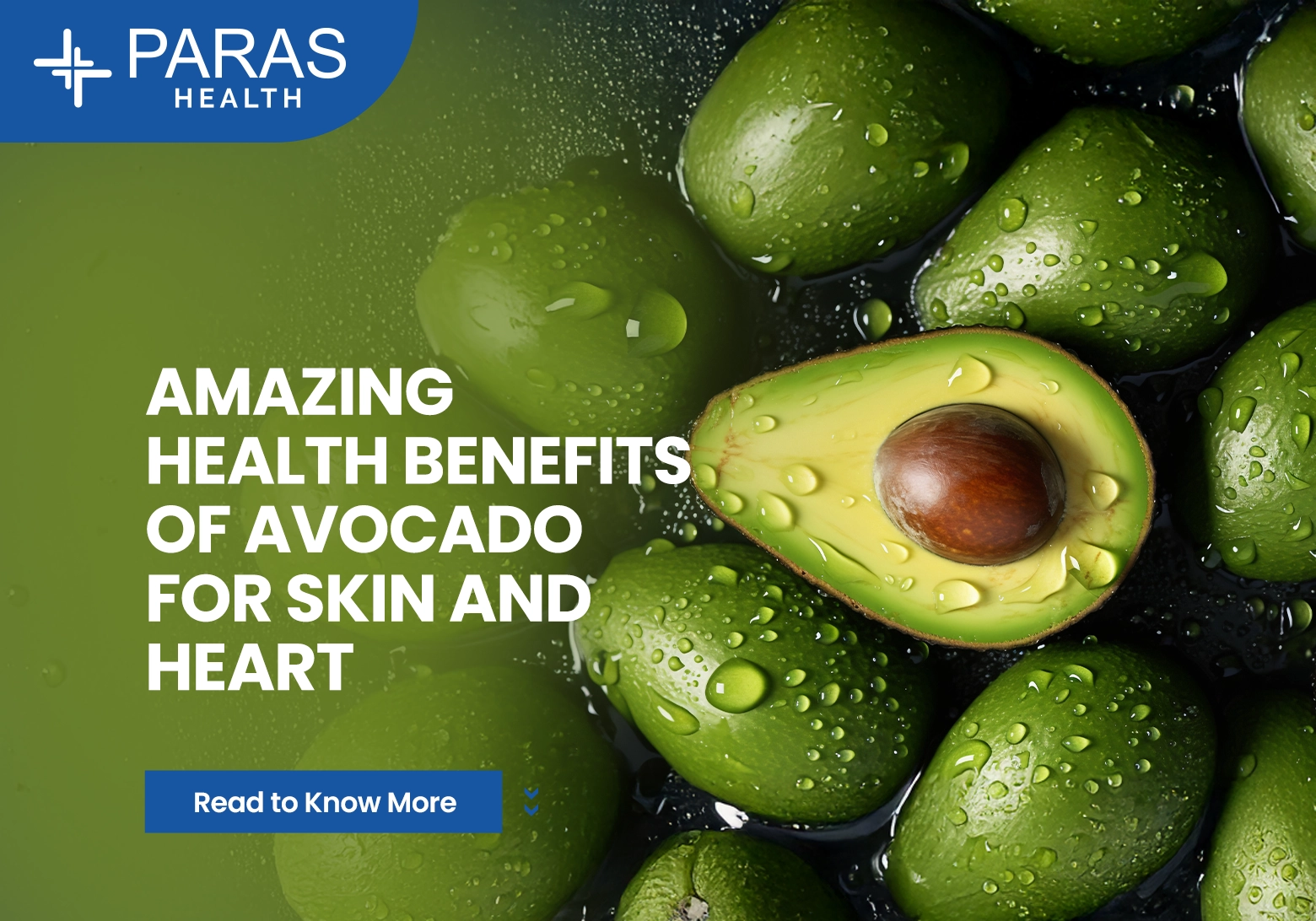Indian Diet Plan for Weight Loss: A Complete Guide for Healthy Living
Jul 23, 2025
If you’ve ever asked, “How can I lose weight while eating Indian food?”—you’re not alone. With the growing awareness around fitness and lifestyle diseases, more people are searching for a healthy Indian diet plan for weight loss that doesn’t involve giving up their favorite meals.
The good news? You don’t need to switch to expensive smoothies, foreign foods, or crash diets. India has always had the secrets to sustainable weight loss right in our kitchens — dal, roti, sabzi, and a bit of mindfulness.
Let’s dive into a realistic Indian meal plan to lose weight, the best food combinations, meal timings, and easy lifestyle tips to reach your fitness goals—without starving.
Why Indian Food Is Great for Weight Loss
India’s culinary diversity gives us an edge when it comes to health. A well-balanced Indian diet includes:
- Whole grains like wheat, bajra, jowar, millets
- Lentils and pulses packed with protein
- Leafy greens and fiber-rich vegetables
- Spices with fat-burning and digestion-boosting properties
- Natural probiotics like curd and buttermilk
The challenge isn’t the food — it’s the quantity, quality, and cooking style. Once that’s fixed, weight loss becomes enjoyable and sustainable.
Indian Diet Plan for Weight Loss: Golden Rules
Here are the core principles behind a successful weight loss diet plan Indian style:
- Control Portions
Even healthy food can lead to weight gain if eaten in excess. Use small plates, eat slowly, and stop when 80% full. - Eat Fresh, Home-Cooked Meals
Avoid packaged snacks and restaurant meals. Cooking at home helps control oil, salt, and sugar. - Add Protein to Every Meal
Whether it’s dal, chana, paneer, tofu, chicken, or eggs — protein keeps you full and supports fat loss. - Stay Hydrated
Drink at least 2.5–3 liters of water per day. Hydration boosts metabolism and helps reduce bloating. - Fix Meal Timings
Eat meals at regular intervals, with dinner ideally before 8 PM. Try not to eat 2 hours before bedtime.
Sample 7-Day Indian Meal Plan to Lose Weight (1200-1500 Calories/Day)
This balanced plan includes real Indian food and is suitable for vegetarians and non-vegetarians with small adjustments.
Day 1 (Detox & Light)
- Morning: Warm lemon water + 5 soaked almonds
- Breakfast: Moong dal chilla (2) + mint chutney
- Snack: 1 orange or guava
- Lunch: 1 roti + lauki sabzi + bowl of dal + salad
- Snack: Buttermilk + roasted makhana
- Dinner: Clear vegetable soup + grilled paneer (100g)
Day 2 (High Fiber Focus)
- Breakfast: Vegetable oats upma + herbal tea
- Lunch: Brown rice + mixed sprouts curry + cucumber raita
- Snack: 1 apple + 2 walnuts
- Dinner: 1 bajra roti + stir-fried spinach + moong dal
Day 3 (South Indian Twist)
- Breakfast: 2 idli + sambhar + coconut chutney (light)
- Lunch: 1 roti + bhindi sabzi + masoor dal
- Snack: Green tea + 1 boiled egg or roasted chana
- Dinner: Tomato rasam + sautéed beans + 1 small bowl of quinoa
Day 4 (Non-Veg Option)
- Breakfast: Boiled egg whites (3) + toast + herbal tea
- Lunch: Grilled chicken breast (100g) + salad + curd
- Snack: Handful of peanuts + buttermilk
- Dinner: Chicken stew + sautéed broccoli
Day 5 (Low Carb Focus)
- Breakfast: Vegetable poha (1 bowl) + 1 boiled egg (optional)
- Lunch: Tofu bhurji + roti + salad
- Snack: Coconut water + fox nuts
- Dinner: Zucchini & bell pepper stir-fry + soup
Day 6 (Festive, Balanced)
- Breakfast: 1 small paratha (without butter) + curd
- Lunch: Veg pulao + cucumber raita + salad
- Snack: Fresh fruit bowl
- Dinner: Tandoori paneer or grilled fish + boiled veggies
Day 7 (Detox & Clean Eating)
- Breakfast: Smoothie (banana + oats + almond milk)
- Lunch: Millet khichdi + kadhi + salad
- Snack: Herbal tea + sunflower seeds
- Dinner: Clear moong soup + sautéed spinach + 1 roti
Best Non-Veg Indian Foods
- Boiled or grilled egg whites
- Tandoori chicken (skinless)
- Steamed or grilled fish (like rohu or surmai)
- Chicken stew with minimal oil
- Egg curry (without cream or butter)
Regional Indian Diet Variations for Weight Loss
North Indian Diet Plan for Weight Loss
- Prefer bajra/jowar roti over maida or white bread
- Use mustard oil, ghee (in moderation), or olive oil
- Stick to dals, sabzi, and salads with curd
South Indian Diet Plan for Weight Loss
- Use red or brown rice
- Steam idli and dosa instead of frying
- Add lots of coconut, curry leaves, and pepper in moderation
- Include fermented foods like curd and dosa batter
Gujarati/Maharashtrian Tips
- Choose undhiyu, thepla, bhakri, and usals made with less oil
- Opt for steamed dhokla, handvo over fried farsan
- Use groundnut oil or sesame oil wisely
Healthy Snacks & Beverages for Indian Dieters
- Roasted chana
- Makhana (dry roasted)
- Boiled corn with lemon
- Green tea, jeera water, ajwain water
- Buttermilk (chaas), lemon water, coconut water
Avoid:
- Soft drinks, packaged juices, sugar-loaded milkshakes
- Deep-fried samosas, kachoris, bhujia, biscuits
Lifestyle Tips Along With the Diet
- Exercise Regularly – Even 30 mins of brisk walking or yoga helps
- Sleep Well – 7-8 hours of quality sleep supports fat loss
- Practice Mindful Eating – Chew slowly, eat distraction-free
- Meal Prep on Sundays – Chopping veggies, boiling sprouts saves time
- Track Progress Weekly – Weight, inches, energy levels
FAQs on Indian Diet for Weight Loss
What should I eat to lose belly fat in Indian diet?
Focus on high-fiber, protein-rich foods: dal, paneer, oats, salads, sprouts. Avoid sugar and
refined carbs.
Is rice allowed in Indian weight loss diet?
Yes, but in moderation. Opt for brown rice, red rice, or millets. Combine with dal and sabzi for balance.
Can I follow intermittent fasting with Indian food?
Absolutely. You can eat 2-3 large meals in an 8-hour window — use roti, sabzi, dal, eggs, etc.
Is ghee allowed for weight loss?
Yes, in moderation. 1 tsp of ghee/day improves digestion and satiety.
How much weight can I lose in a month with this diet?
If you follow a 1200-1500 calorie Indian diet plan + daily activity, expect to lose 2-4 kg per month safely.
Final Thoughts: Eat Local, Stay Fit
A sustainable Indian diet plan for weight loss is one that aligns with your taste, schedule, and comfort. You don’t need to copy Western diets or avoid Indian food to lose weight. With a little awareness and consistency, your plate can be your best fitness coach.
So, start small — replace fried snacks with fruits, walk daily, cook more at home, and eat mindfully. Your journey to a fitter you starts right from your kitchen!
Weekly Shopping List for Indian Weight Loss Diet
Here’s a basic grocery checklist to support your healthy eating journey:
Grains & Pulses
- Whole wheat flour
- Brown rice
- Millets (ragi, jowar, bajra)
- Quinoa
- Moong dal, masoor dal, chana dal
- Sprouts and rajma
Vegetables
- Leafy greens (palak, methi)
- Lauki, tinda, tori, karela
- Broccoli, bell peppers, carrots, cucumber
- Tomatoes, onions, garlic, ginger
Fruits
- Apples, guavas, oranges
- Papaya, watermelon, pomegranate
- Berries (if available)
Proteins
- Paneer (low-fat)
- Eggs
- Chicken breast
- Tofu or soy chunks
- Curd and buttermilk
Others
- Green tea, herbal tea
- Spices (turmeric, cumin, cinnamon)
- Rock salt, lemon
- Coconut water
- Makhana, peanuts, almonds
Common Mistakes to Avoid in Indian Weight Loss Diet
- Overeating Healthy Food: Even brown rice and dal can cause weight gain if eaten in excess.
- Skipping Meals: Especially breakfast, which slows down metabolism.
- Too Much Fruit: Fruit is healthy, but not calorie-free. 2–3 servings a day is enough.
- Excessive Oil Use: Cooking "sabzi" in 4 tbsp of oil cancels out its health benefits.
- Relying Only on Food: Weight loss needs physical activity too.
More FAQs for Indian Weight Loss Plan
Can I eat paratha if I want to lose weight?
Yes, but make it without oil or ghee. Use whole wheat or bajra flour and pair it with curd.
What should I eat post-workout in Indian diet?
Have a protein-rich snack like boiled eggs, paneer, sprouts, or protein smoothie with banana.
Can diabetics follow this Indian weight loss plan?
Yes, with modifications like avoiding white rice, reducing fruit intake, and focusing on high fiber meals.
Is roti better than rice for weight loss?
Both can be part of a weight loss plan. Roti has more fiber, but rice is lighter for dinner. Portion control matters more.
What are some Indian drinks that help burn fat?
Jeera water, ajwain water, tulsi tea, green tea, and lemon water aid digestion and metabolism.
How often should I eat outside food?
Limit it to once a week, and even then opt for grilled or steamed over fried and creamy dishes.
Bonus: Printable Indian Weight Loss Diet Chart Template
|
Meal Time |
Veg Option |
Non-Veg Option |
|
Early Morning |
Warm lemon water + almonds |
Same |
|
Breakfast |
Moong chilla / oats / upma |
Boiled eggs + toast |
|
Mid-Morning |
1 seasonal fruit |
1 seasonal fruit |
|
Lunch |
Roti + dal + sabzi + salad |
Roti + grilled chicken + sabzi + salad |
|
Evening Snack |
Green tea + roasted chana / makhana |
Green tea + boiled egg |
|
Dinner |
Soup + sabzi + 1 roti or khichdi |
Steamed fish/chicken + sautéed veggies |
Print this and stick it on your fridge to stay on track







.webp)


